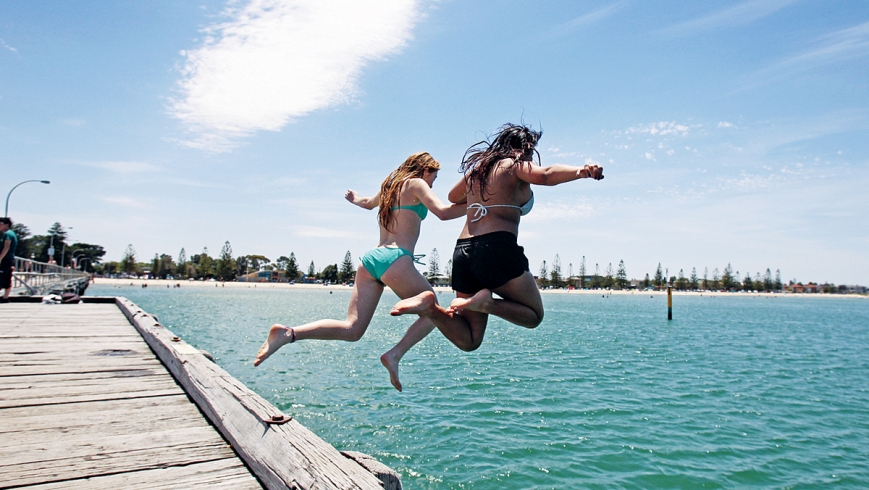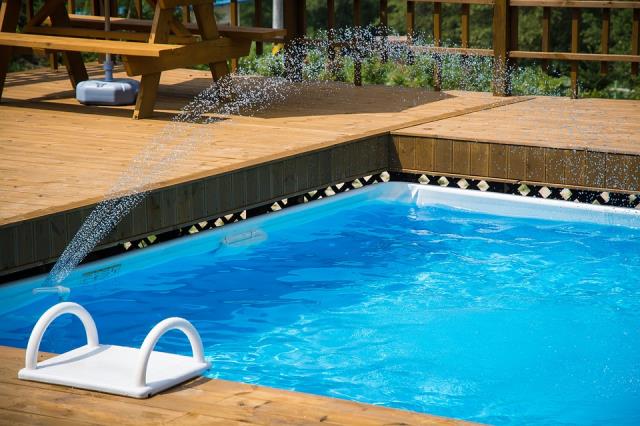A man broke his ankle after leaping off Altona pier last week, prompting calls for more education as people continue to ignore warnings not to jump.
Altona lifesaver Alyson Cooper said the man injured himself after jumping into shallows. “We can only advise that if they’re going to jump, to jump sensibly, whether that’s off the lower platform if it’s low tide – or just to not jump.”
Altona and Middle Brighton piers, and Brooks Jetty at St Kilda are three of Port Phillip Bay’s most treacherous spots due to shallows, shifting tides and sand, and submerged debris.
In 2008, 26-year-old Dale Russ crushed his neck and died after diving at St Kilda.
Three tourists were rescued at Altona last month after jumping from the pier and becoming caught in a swell.
Ms Cooper urged swimmers not to fear asking for help if they got into trouble.
“I think sometimes they think that the lifesavers are there to tell them off or wreck their fun,” she said.
“We’re there to make sure they’re all right, so if they get hurt or if they see someone in trouble, they come and ask.
“Unfortunately, when people jump off the pier they sometimes panic and grab on to the pier itself and the pylons are covered in barnacles and mussels and other creepy crawly things that can cut you up a bit.”
Despite the Weekly previously heeding Parks Victoria’s request not to publish pictures of pier jumping, during last week’s heatwave the phenomenon was more evident than ever at Altona.
Parks Victoria’s Graeme Davis said despite people not heeding warnings and serious injuries regularly occurring, education was favoured over enforcement.
Every year in Australia, there are up to 400 new cases of spinal cord injuries, 9 per cent of which are caused by water-related incidents.
Nazim Erdem, who became a quadriplegic at 20 after diving off Elwood pier, said he was underwater for two and a half minutes before his mates realised something was wrong.
“After I’d jumped off the pier and hit the bottom, I realised I couldn’t move any part of my body, which meant I couldn’t resurface,” he said. “Luckily, I’d been taught to hold my breath under water for up to three minutes.”







